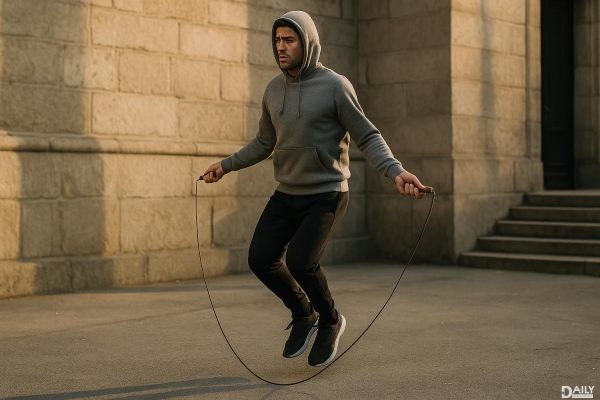If you're looking to master box jumps, the first step is nailing the perfect setup—your box. A well-built, sturdy box can make or break your workout, keeping you safe while pushing your explosive power to the next level. Whether you're a newbie or a seasoned athlete, the right box height and material matter more than you might think. Let’s break down how to build or choose the ideal box for your fitness goals.

Not all boxes are created equal. A flimsy or unstable platform can turn a killer workout into a disaster waiting to happen. The right box should support your weight, absorb impact, and stay put when you land. Too high, and you risk injury; too low, and you won’t challenge yourself enough. The sweet spot? A box that matches your current skill level but still pushes you to improve. Plus, the material affects grip, durability, and even noise—nobody wants a loud, clunky box disturbing the peace during a home workout.
If you love a good project, building your own box can be a fun weekend DIY. Plywood is the go-to material—it’s sturdy, affordable, and easy to work with. A basic 24x20x18-inch box is a solid starting point, but you can customize dimensions based on your height and jumping ability. Sand the edges, add a non-slip surface, and boom—you’ve got a pro-level box for a fraction of the cost. But if power tools aren’t your thing, plenty of fitness brands sell adjustable or stackable boxes. Look for ones with reinforced corners and rubberized tops for extra safety.
Height is everything. Beginners should start with a box around 12-18 inches—enough to work on form without overdoing it. Intermediate jumpers can aim for 20-24 inches, while advanced athletes might tackle 30 inches or higher. A good rule of thumb: If you can land softly and controlled, you’re at the right height. If you’re crashing down or missing reps, scale it back. Some boxes even come with multi-height options, letting you progress as you get stronger.
Box jumps are explosive, so safety should always come first. Always check your box for stability before jumping—no wobbling allowed. Land softly, absorbing impact through your legs, not your joints. And if you’re new to the movement, practice step-ups first to build confidence. Another pro tip: Keep the area around your box clear. Tripping over a dumbbell mid-jump is a one-way ticket to face-plant city.
Once you’ve got your box dialed in, it’s time to level up. Try adding weights for resistance, or mix in single-leg jumps for extra challenge. You can also play with tempo—explode up fast, then lower down slow to build control. And don’t forget to track progress! Gradually increasing height or reps over time keeps things fresh and ensures you’re always improving.
Mastering box jumps starts with the right foundation—literally. Whether you build your own or invest in a quality pre-made box, the key is finding something safe, stable, and suited to your fitness level. With the perfect setup, you’ll be jumping higher, landing smoother, and crushing your workouts like never before.
























